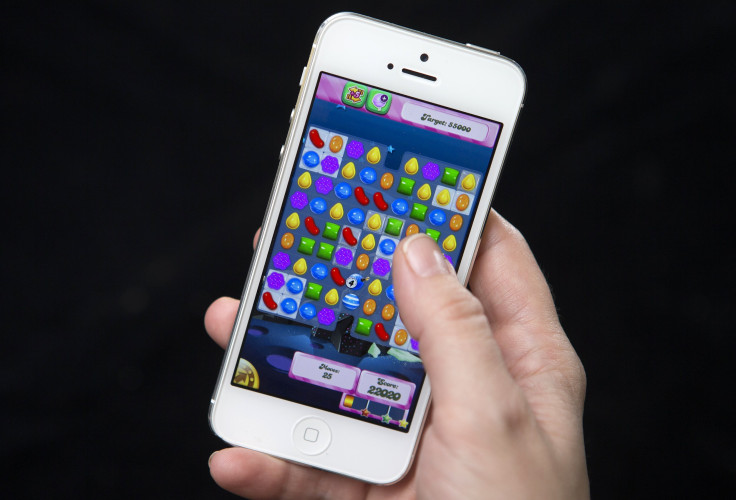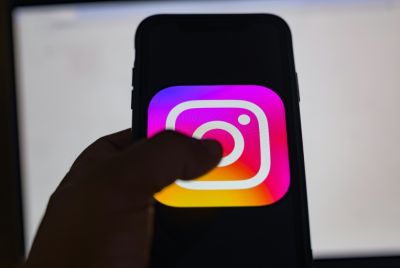How ‘Media Snacks’ – From HQ Trivia To Candy Crush – Are Transforming The Workplace

When Snow White sang “Whistle While You Work,” she was participating in a long tradition of using entertainment to manage the stresses of labor.
That same year, factory owners in the United Kingdom became interested in exploring whether music could improve productivity and invested in research to determine the optimal tunes for doing so. Workers welcomed the change, viewing it as a reprieve from the mind-numbing monotony of the mechanical age.
Today, smartphones and the internet largely perform this role, giving workers an array of daily distractions.
Media companies have taken note and are increasingly investing in the development of what I call a “procrastination economy,” which is centered on the development of products designed for those moments when we pull out our phones or surf the web for a few minutes of distraction.
It could be during your commute or while you’re hanging out in a waiting room. But the workplace is an especially fertile place for media designed to avert people’s attention from the task at hand.
However, that doesn’t necessarily mean we are compulsively checking our phones to the detriment of our ability to do our job well. As alluring as Candy Crush may be, it doesn’t compare to a steady paycheck. No, instead, these new products can enhance camaraderie and add to the various ways workers have, for years, navigated the work day.
Disengaging From The Task At Hand
Whether it’s listening to the radio in the break room or sneaking a book into the bathroom, media have long played a role in the workday.
The digital age transformed labor; the assembly line gave way to the cubicle, and work required constant engagement with the computer. These same computers also brought with them a form of distraction: the internet. During the workday, employees could now easily access their favorite news sites or chat with their friends.
A particularly ingenious development of the era is the “boss button,” a computer hack for transforming a chat window or video game into an anonymous spreadsheet. Employers combated this trend by installing nanny software to prohibit surfing on certain websites.
With an assist from the tech industry, employees found a new outlet with their smartphones. A good example of how mobile companies positioned themselves as an ally of the worker is a 2009 commercial for the now-defunct Windows Phone that features a bored employee inviting anthropomorphic mobile apps into a meeting.
Now workers have distractions like the live mobile game show HQ Triviaat their disposal. This daily trivia contest attracts around a million players each weekday afternoon at 3 p.m. EST. The game takes about 15 minutes, as participants answer 12 questions for a chance to win cash prizes.
This game show app is a perfect example of the procrastination economy: It asks participants to plan their day around a short, scheduled distraction, with advertisers paying to sponsor it.
‘Snacking’ On Morsels Of Media
An implicit assumption of these developments is that they kill productivity. But research on computer use at work has shown that short web surfing breaks during the day have restorative benefits that improve productivity, offer stress relief, or fill downtime between projects. Socializing online can also be less time-consuming than chatting with a colleague.
Then there are those who say that the older forms of procrastination – hanging in the break room, chatting at the water cooler – were better because they built camaraderie. Critics of smartphones often point to the ways that they isolate us from each other, drawing us into our own bubbles.
But it turns out that these newer products of the procrastination economy can help build camaraderie. Since a lot of digital media is available on demand, colleagues can watch clips and short episodes together that, in the past, they would have only been able to watch at home. In my ethnographic observations of modern workplaces, I’ve found that people often synchronize their break times with coworkers. Then they’ll use their tablets or smartphones to select a show that they all enjoy and can watch together during a break.
Even HQ trivia can bring people together. Its hosts often promote the game as a group activity, since the questions tend to be challenging enough that it’s exceedingly difficult for one person to answer them all correctly. Teachers have paused class to play as a group, and some workplaces have made the game show a team-building exercise.
HQ is just one selection on the menu of what some have dubbed “media snacks.” It includes games like Words with Friends that can be played in short bursts. It could also be subscription services like Netflix that are offering ever shorter stand-up comedy specials to fit neatly into the rhythms of the day or late night talk shows that divide up segments into bite-size morsels for people to quickly consume on YouTube.
The procrastination economy has turned simple mobile games into lucrative products. It can make a subscription service a vital source of content both at home and at the workplace.
And the best part? Smartphone screens are so small that a boss button isn’t even necessary.
Ethan Tussey is an Associate Professor in the School of Film, Media & Theatre at Georgia State University.
This article originally appeared in The Conversation. Read the original article here.






















